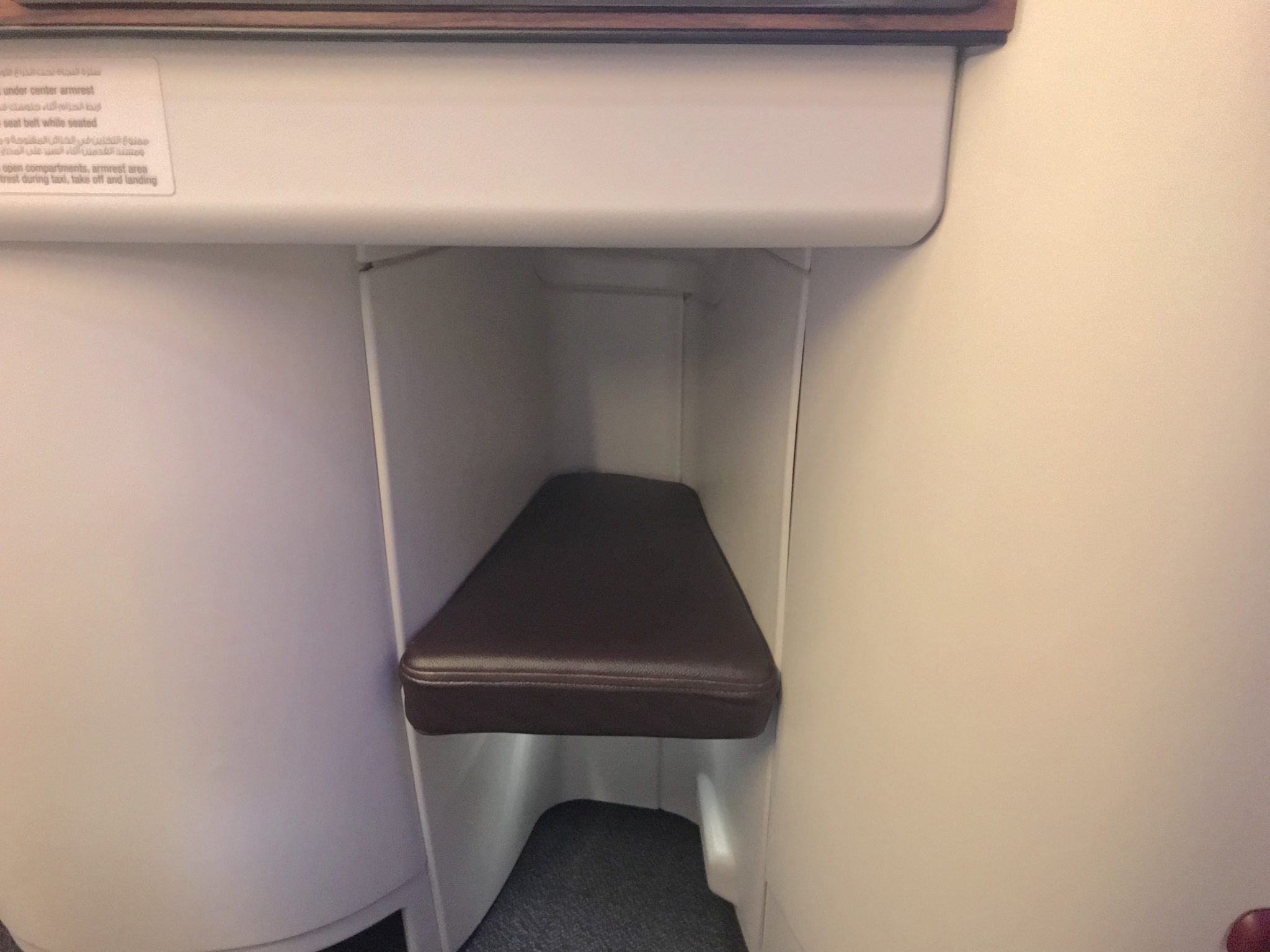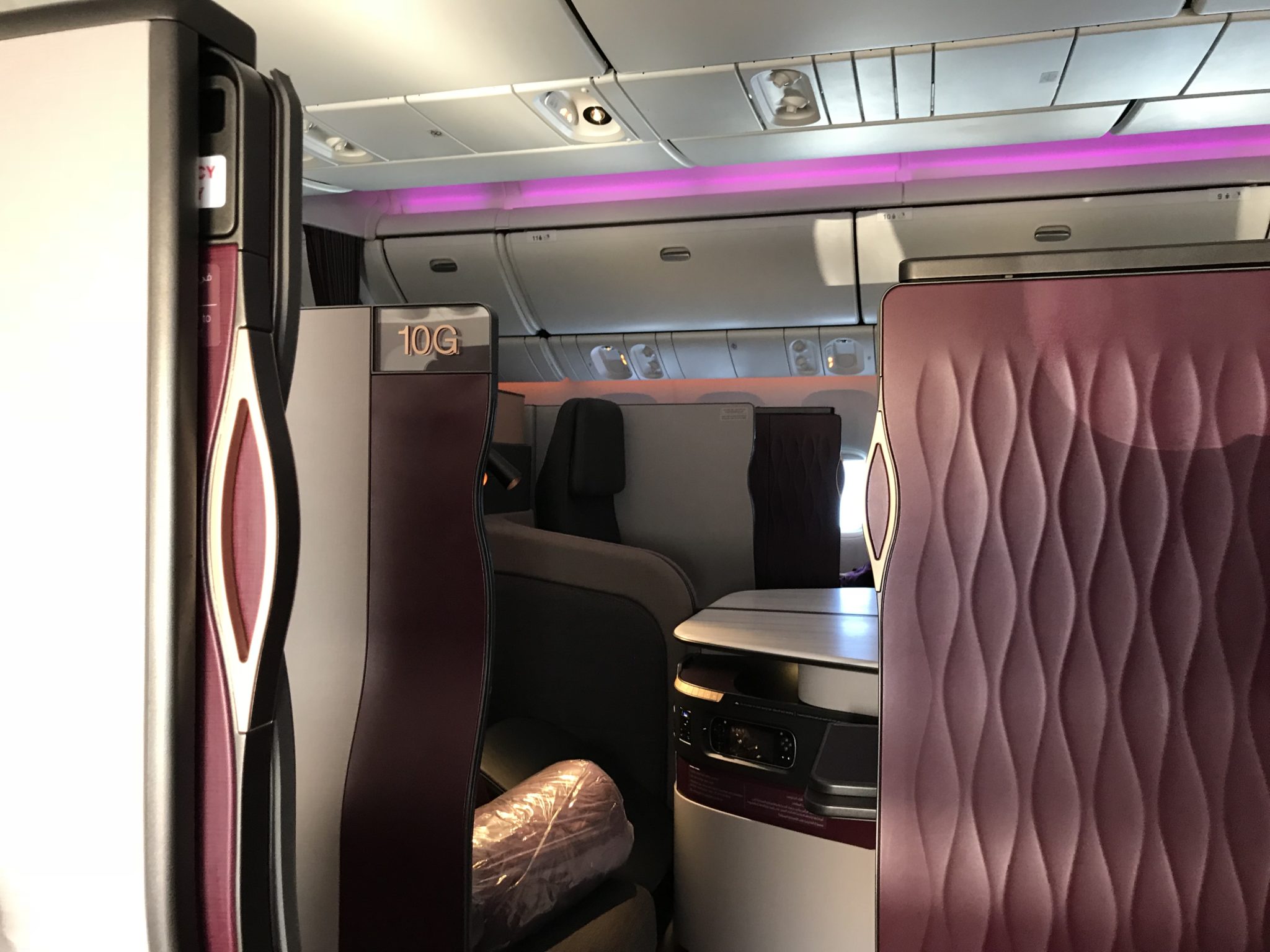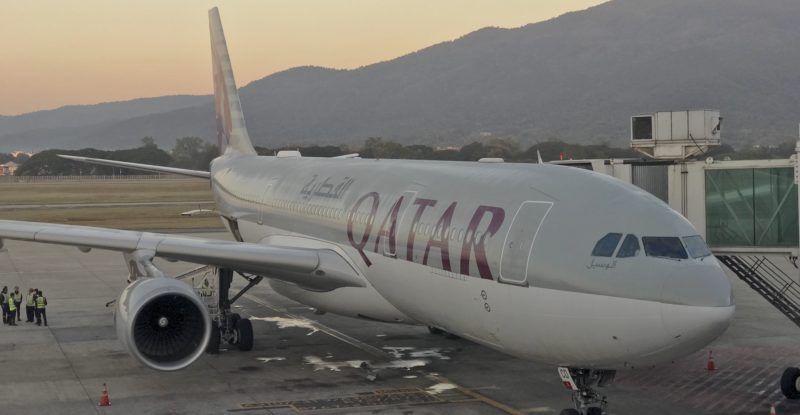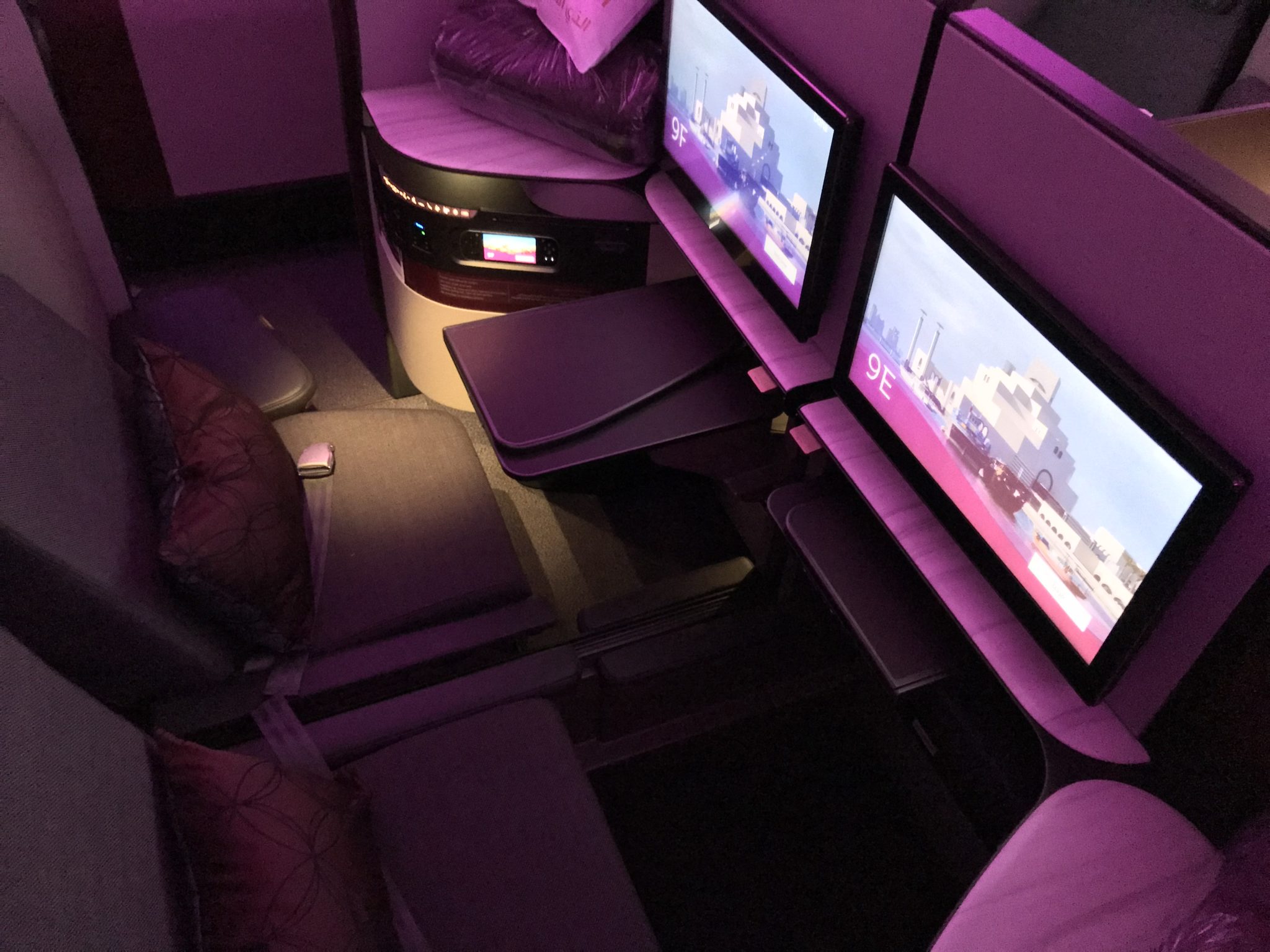 As airlines grow in size and fleet diversity, ensuring that passengers have a similar — or at least coherent — experience across different aircraft is a complex but crucial task. That’s especially true in business class, where it only takes one unveiling of an innovative product to turn a cold shoulder to yesterday’s hot new seat.
As airlines grow in size and fleet diversity, ensuring that passengers have a similar — or at least coherent — experience across different aircraft is a complex but crucial task. That’s especially true in business class, where it only takes one unveiling of an innovative product to turn a cold shoulder to yesterday’s hot new seat.
Towards the end of December, I had the opportunity to join Qatar Airways on a press trip to inaugurate its new route to Chiang Mai in Thailand, flying in business on Qatar’s new Boeing 777-300ER Qsuite, new Rockwell Collins Diamond and older ex-B/E Aerospace Minipod on Airbus A330-200 aircraft, and the previous flagship Super Diamond on the A350.
With such a variety of products — covering something like twenty years of cabin interiors design from the Rockwell Collins, formerly B/E Aerospace, stable — I was pleasantly surprised at how Qatar Airways has managed to pull these quite disparate seats together in terms of identity and overall experience. Many airlines with greater seat style commonality haven’t managed to do that half as well.
Let’s start with the two shorter-haul products, the older fully flat Minipod that’s approaching a decade and a half in age, and the newer fully flat but slightly angled and overlapping Diamond introduced just over ten years ago.
I flew the Diamond first, from Doha to Thailand, and the Minipod in the other direction on the same route. The Diamond is clearly a more modern cabin, with sharper lines, less white thermoplastic, and less of the early-2000s curved aesthetic that Minipod embodies.

After the Qsuite, it struck me just how much white thermoplastic previous generations of seats used. Image: John Walton
An updated seat covering on the Minipod and the Qatar Airways signature burgundy that ties the generations together bridges the #PaxEx gap between the these two seats.

A smart use of the signature burgundy and the wooden cocktail table means Qatar’s Minipod doesn’t feel too dated. Image: John Walton
As a general rule, most savvy passengers might initially aim for the Diamond rather than the Minipod, and indeed if the bells and whistles of the latest IFE and USB sockets are vital to your experience that’s a good plan. But I was fascinated to hear the other (non-aviation) journalists returning early on the same flight from Chiang Mai remark about how much more spacious the Minipod felt than the Diamond.

While more accountant-pleasingly dense, it was a surprise just how much passengers noticed the extra space Minipod offered compared with Diamond. Image: John Walton
Turning to the longhaul seats, the gap between the Super Diamond and the Qsuite, both manufactured by Rockwell Collins, is perhaps the greatest in terms of design.
Immediately on boarding, the A350’s striking moodlit welcome area ceiling feature at doors 2 makes a bold statement, and like the Qsuite it diminishes the sense of tube-with-wings in business class. There’s nothing similar on the refitted 777 Qsuite, so it will be interesting to see the approach Qatar’s new A350-1000 takes.
At a seat level, the Qsuite eschews the wooden panelling on the Super Diamond in favour of a successful marble-effect product on side surfaces, plus a slip-reducing matte burgundy on the table.
Where previous generations of seats saw the wood effect on vertical surfaces — of which the Qsuite has many, thanks to its walls — the airline uses fabric and leather on its latest flagship. Yet the Qsuite’s colour palette is still warm and natural, which creates a sense of commonality.

Both the signature burgundy and natural colours feature on the Qsuite’s vertical surfaces. Image: John Walton
Pleasingly, the Qsuite also has a complete absence of the matte off-white thermoplastic shell that the Super Diamond and older seats feature, and which was a little bit dissonant after the Qsuite.
Qatar Airways’ decision not to take a head-level “wing” on the Super Diamond’s shell also means that the product is markedly less private than other outward-facing herringbone seats, let alone the Qsuite, or even the regular Diamond in a window seat (thanks to the privacy divider, although the lack of direct aisle access negates that somewhat). This seems, in hindsight, a misstep.
Between all four generations of seats, the airline has benefited from the inspired choice of burgundy as its brand colour, which ties together Minipod, Diamond, Super Diamond and Qsuite.
The burgundy appears in the seat fabrics across all the different products, while the use of signature linens and flatware in particular means that passengers are quite literally touching the same touchpoints no matter when their aircraft seat was designed.
A strong, modern inflight entertainment portal that speaks the same design language across the fleet makes the most of that burgundy.
And, in a very smart move, the increasingly present high-definition IFE monitors, plus the smaller Android-based handset screens, are used as branding (and indeed decoration) during those crucial first moments of the onboard passenger experience.
John Walton was a guest of Qatar Airways.
Related Articles:











